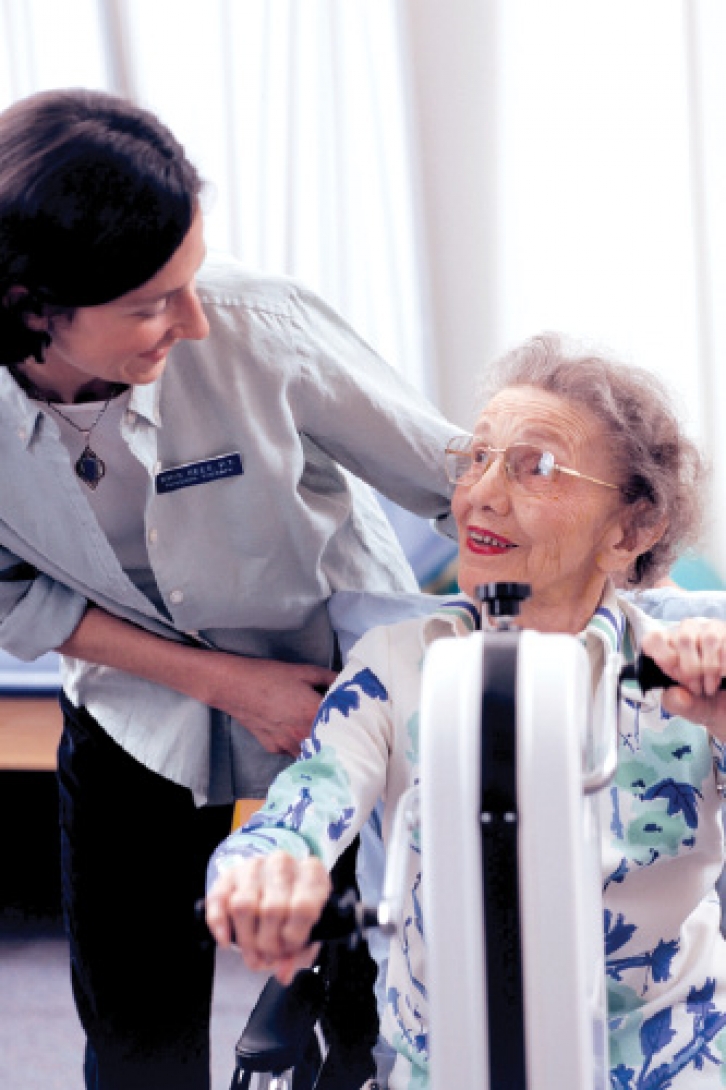One of the primary benefits of a tailored exercise regimen is that it can enhance a patient’s drive. When individuals perceive that their fitness plan is designed just for them, they may experience more engaged and willing to participate. This feeling of individualized care can lead to improved compliance to the rehabilitation journey. Studies have shown that clients who stick to their exercise plans are more prone to experience favorable healing outcomes, such as lessened pain and improved mobility. By tailoring workouts relevant to each person’s situation, recovery experts can help clients remain committed to their healing journey.
Moreover, the implementation of tailored exercise regimens can aid to prevent setbacks during the rehabilitation process. When workouts are thoughtfully selected based on a individual's current status, the chance of injury or reinjury can be significantly reduced. For see here instance, if a person is recovering from knee operation, the rehabilitation program may feature low-impact exercises that build the adjacent muscle groups without placing too much strain on the knee. This thoughtful approach not only supports recovery but also builds strength and flexibility, which are essential for returning to normal activities and preventing future traumas.
Additionally, the application of tailored exercise regimens can lead to more efficient rehabilitation times. By focusing on targeted exercises that target the aspects needing enhancement, patients can often progress more quickly through their recovery. This effectiveness is especially crucial for athletes and active individuals who want to return to their activities or interests as soon as feasible. Rehabilitation professionals can track advancement closely and modify the exercise plan as necessary, ensuring that clients are always working at the right intensity for their recovery.

In conclusion, the effect of tailored exercise prescriptions on rehabilitation programs is significant. By providing customized exercise regimens, healthcare providers can boost drive, minimize the chance of injury, and promote faster recovery times. This individualized approach not only helps clients recover their power and movement but also enhances their overall health. As recovery continues to evolve, it is evident that customized workout regimens will continue to be a critical element in helping people reach their rehabilitation goals.